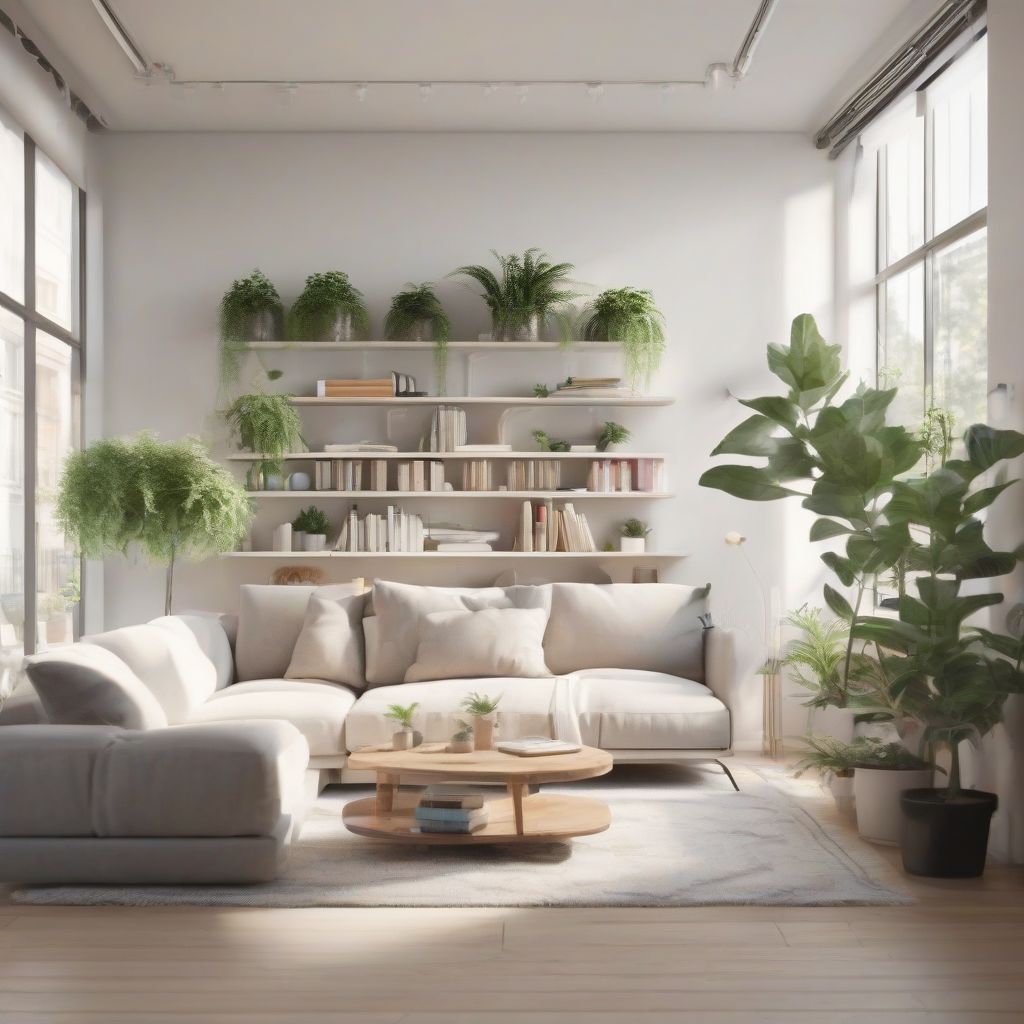Do you ever feel overwhelmed by the clutter in your home? Like you’re constantly wading through a sea of stuff? You’re not alone. Many people struggle with keeping their living spaces organized and clutter-free. But a tidy home can significantly impact your well-being, reducing stress and boosting productivity. As a certified nutritionist and meal prep coach, I know the importance of an organized environment for overall health. Just as a well-planned meal prep routine fuels your body, a decluttered space nourishes your mind. So, let’s dive into how you can transform your home into a haven of order and tranquility.
Understanding the Benefits of an Organized Space
Before we get into the how-to, let’s talk about the why. Why bother decluttering and organizing? Because the benefits extend far beyond just aesthetics. A tidy space can:
- Reduce stress and anxiety: Clutter bombards your senses, making it difficult to relax and focus. A clean, organized space promotes a sense of calm and control.
- Improve sleep: Studies have shown a correlation between a tidy bedroom and better sleep quality.
- Boost productivity and focus: When your surroundings are organized, your mind is free to focus on other tasks.
- Save time and money: You’ll spend less time searching for lost items and less money buying duplicates of things you already own (but can’t find!).
- Increase energy levels: A clean and organized space can actually give you a boost of energy and motivation.
Decluttering: Where to Begin
The thought of decluttering can be daunting, but it doesn’t have to be. The key is to start small and focus on one area at a time.
The Four-Box Method
This classic method is incredibly effective. Grab four boxes and label them:
- Trash: For items that are broken, unusable, or beyond repair.
- Donate: For items in good condition that you no longer need or use.
- Keep: For items you use regularly and love.
- Relocate: For items that belong in a different room or area of your home.
Go through each item in the chosen area and place it in the appropriate box. Be honest with yourself about what you truly need and use. If you haven’t used something in a year, chances are you won’t miss it.
The KonMari Method
Popularized by Marie Kondo, this method focuses on keeping only items that “spark joy.” Hold each item in your hand and ask yourself if it brings you joy. If it doesn’t, thank it for its service and let it go. This method is particularly helpful for sentimental items.
Organizing: Creating Systems that Work
Once you’ve decluttered, it’s time to organize what’s left. The key is to create systems that are easy to maintain.
Everything in Its Place
Assign a specific “home” for every item in your house. This way, you’ll always know where to find things and where to put them away. Use labels, baskets, and containers to keep things organized.
Vertical Space is Your Friend
Maximize vertical space by using shelves, drawers, and wall-mounted organizers. This is especially helpful in small spaces.
Regular Maintenance
The key to staying organized is regular maintenance. Set aside a few minutes each day to tidy up and put things away. Make it a habit, just like brushing your teeth. A little bit each day prevents clutter from building up again.
Specific Areas to Tackle
Here are some tips for organizing specific areas of your home:
The Kitchen
- Pantry: Use clear containers to store dry goods and label everything clearly. Implement a FIFO (first in, first out) system to avoid food waste.
- Refrigerator: Organize items by category and use clear bins to maximize space.
- Drawers: Use drawer dividers to keep utensils and gadgets organized.
The Bedroom
- Closet: Invest in matching hangers and organize clothes by type and color.
- Dresser: Fold clothes neatly and use drawer dividers to keep things separated.
- Nightstand: Keep only essential items on your nightstand to minimize clutter.
The Bathroom
- Under the sink: Use baskets and containers to store toiletries and cleaning supplies.
- Medicine cabinet: Check expiration dates regularly and discard outdated items.
- Countertops: Keep only essential items on the counter to create a clean and uncluttered look. “A place for everything and everything in its place,” as Benjamin Franklin wisely said.
Maintaining Your Organized Space: Long-Term Strategies
Decluttering and organizing is not a one-time event; it’s an ongoing process. Here are some long-term strategies for maintaining your newly organized space:
- The One-In, One-Out Rule: For every new item you bring into your home, get rid of something similar.
- Regular Purges: Schedule regular decluttering sessions, perhaps quarterly or semi-annually, to prevent clutter from accumulating.
- Don’t Be Afraid to Ask for Help: If you’re feeling overwhelmed, consider hiring a professional organizer.
 Organized Living Room
Organized Living Room
Conclusion
Creating and maintaining an organized and clutter-free living space is a journey, not a destination. It takes time and effort, but the benefits are well worth it. By implementing the strategies outlined in this article, you can transform your home into a sanctuary of peace and productivity. Remember, just like with healthy eating habits, consistency is key. Start small, be patient with yourself, and enjoy the process of creating a space that truly nourishes your mind and soul. Now, I’d love to hear from you! What are your biggest challenges when it comes to organizing? Share your tips and struggles in the comments below! Let’s create a supportive community where we can all learn and grow together on this journey towards a more organized and fulfilling life.



